Electric bike batteries: everything you need to know
Learn all about electric bike batteries, including types of ebike battery, battery life and how to care for your battery
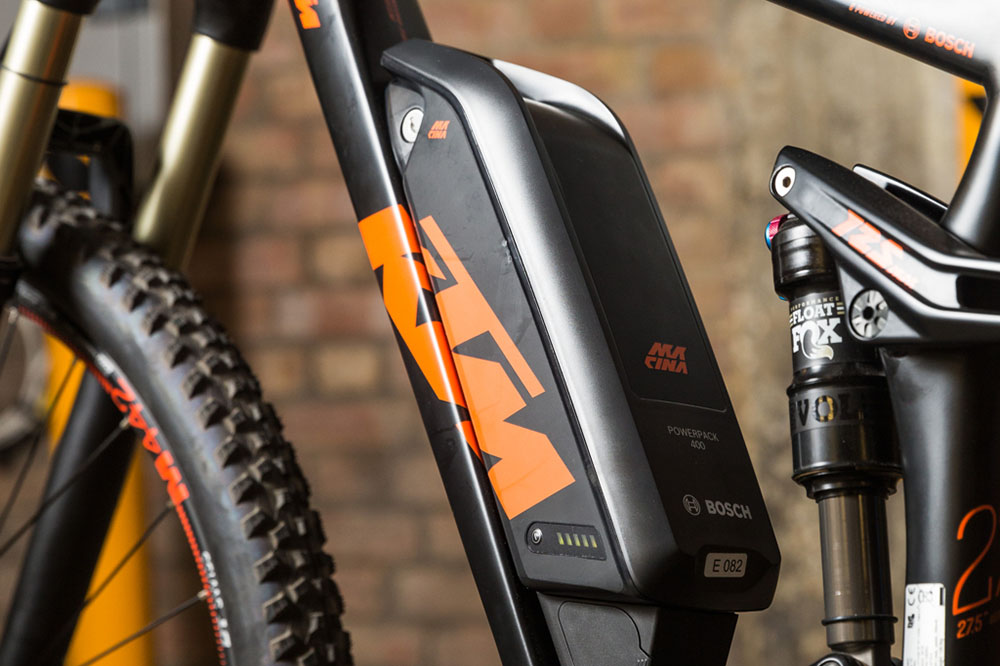
If you're reading Cycling Weekly, you probably know something about bikes – which means you also know plenty about electric bikes. But one big difference is the battery used to power the best electric bikes.
If the battery is not charged, you can still pedal and roll on an electric bike, but you will lose its real utility and ultimately its fun, and you will be left with a heavy machine to carry on with.
>>> Read: Electric bikes and UK law
What are eBike batteries made of?
Electric bikes in the UK tend to come with either Lithium Ion (Li-Ion) or Lithium Polymer (LiPo) batteries. In China, on the other hand, lead acid batteries are still the most common ones used. In 2014 – according to the China Bicycle Association / IdTechEx – 35 million eBikes were sold on the Chinese market, and just 2.8 million of them had lithium battery.
Because of problems with quality and weight, lead acid batteries are not common in the rest of the world. In Europe, for example, acid lead batteries represent less then one per cent of the total; while 96.5 per cent is taken by Li-Ion and two per cent by LiPo (source: Greenfinder market report).
Specifically, battery packs are made up from many cells: the lead acid ones are similar to those we use on our cars, while the lithium ones use the same technology as mobile phones. Apart from the chemical component inside their cells, the main feature that differentiates lead acid and lithium batteries is their size: the lead ones are heavy and have a short life (200 to 300 charge cycles), while the lithium ones are smaller and can last longer (from 500 to 1,000 charge cycles).
The LiPo batteries are a further development of the Li-Ion ones – they are relatively cheap and small in size, but their service charge is unclear and they are quite fragile.
![Most European bikes will use a Li-Ion battery such as this one from a laptop (Photo: Kristoferb [CC BY-SA 3.0])](https://cdn.mos.cms.futurecdn.net/4yEcwVidobwtkCbubNirKj.jpg)
How long will my battery last?
That's a tough one to answer. It depends on the power of the battery (typically 24, 36 or 48V), the power of the bike (limited in the UK to 250W), the bike's battery management system, and the way you ride. Some bikes allow you to choose different levels of assist to prioritise speed or battery life, which makes predictions of battery life even more difficult.
Typically you can expect somewhere between 25 and 70 miles of travel on a single charge of an ebike. If you're riding hard on full power expect less; manage your battery life well and you could get more.
Many retailers suggest charging the battery at least once a month if the bike is not ridden much, and say that the more the bike is ridden, the stronger the battery will be. All batteries, though, will deteriorate in time and they will need to be replaced and disposed. When that time comes, it’s best to ask your local retailer how to dispose of the battery, but bear in mind that local authorities should provide recycling and disposal facilities.
Watch: What's it like to ride an ebike?
Where are the batteries placed on an ebike?
The battery's placement on the bike depends on different factors, especially the shape of the bike’s frame. Most electric city bikes (more than a half) will have the battery mounted on the carrier rack, while mountain bikes usually have them on the down tube.
How much do electric bike batteries cost?
The batteries are the heaviest and the most expensive part of an electric bike. A lithium battery (36V and 10Ah) could cost around £200, but the prices do vary.
Technology is advancing fast, so check with your ebike retailer first to ensure that battery isn't outdated or difficult to replace.

Thank you for reading 20 articles this month* Join now for unlimited access
Enjoy your first month for just £1 / $1 / €1
*Read 5 free articles per month without a subscription

Join now for unlimited access
Try first month for just £1 / $1 / €1
Get The Leadout Newsletter
The latest race content, interviews, features, reviews and expert buying guides, direct to your inbox!
Nick Busca is a freelance cycling and triathlon journalist. He is also a certified triathlon coach and personal trainer.
-
 Aero bikes with gravel wheels?: Six tech insights from Paris-Roubaix Femmes
Aero bikes with gravel wheels?: Six tech insights from Paris-Roubaix FemmesEverything we found out about tyre widths, self-inflating systems, and wheel choices from the cobbled Monument
By Tom Davidson Published
-
 'This race is absolutely disgusting': Peloton reacts to another brutal Paris-Roubaix Femmes
'This race is absolutely disgusting': Peloton reacts to another brutal Paris-Roubaix FemmesNow in its fifth edition, Paris-Roubaix Femmes is still a tough race, even for the best bike riders in the world
By Adam Becket Published
-
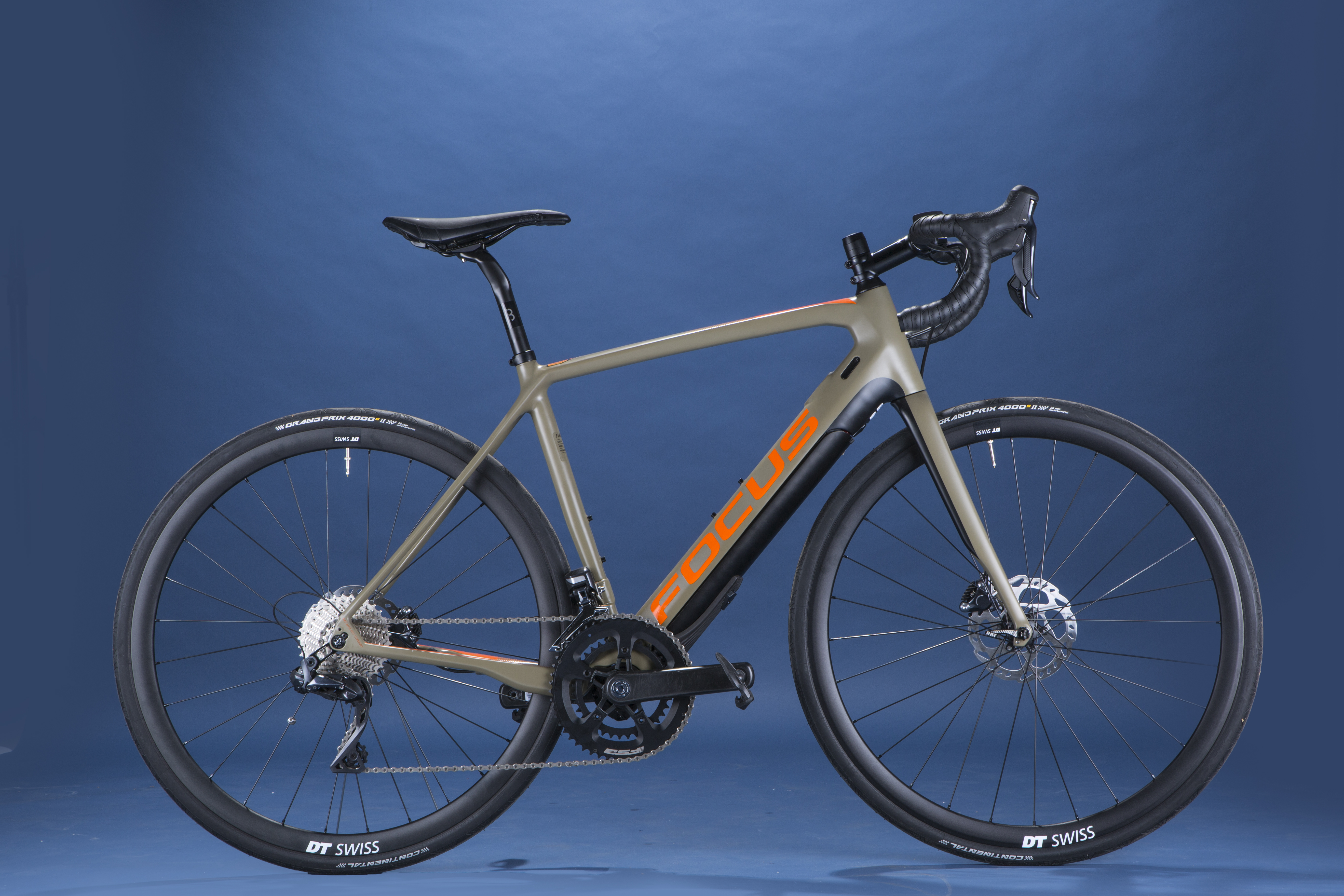 Electric bikes and UK law: what you need to know
Electric bikes and UK law: what you need to knowDo you need a licence to ride an electric bike? What's the maximum permissable power output for an ebike? Read on to find out more...
By Nick Busca Published
-
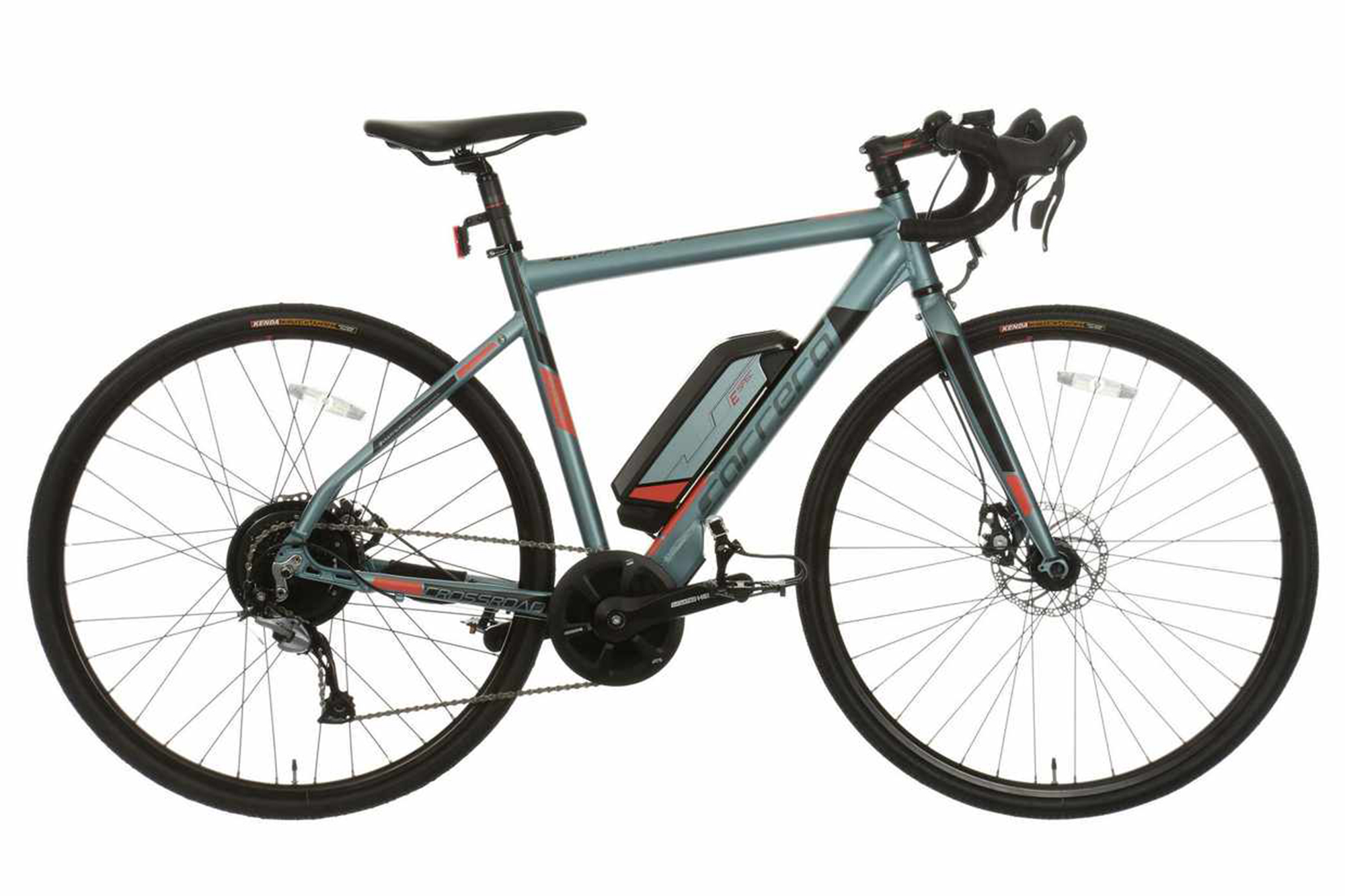 Halfords launch 'the cheapest e-road bike in Europe'
Halfords launch 'the cheapest e-road bike in Europe'Halford's in-house brand Carrera announce new sub-£1000 e-bike
By James Bracey Published
-
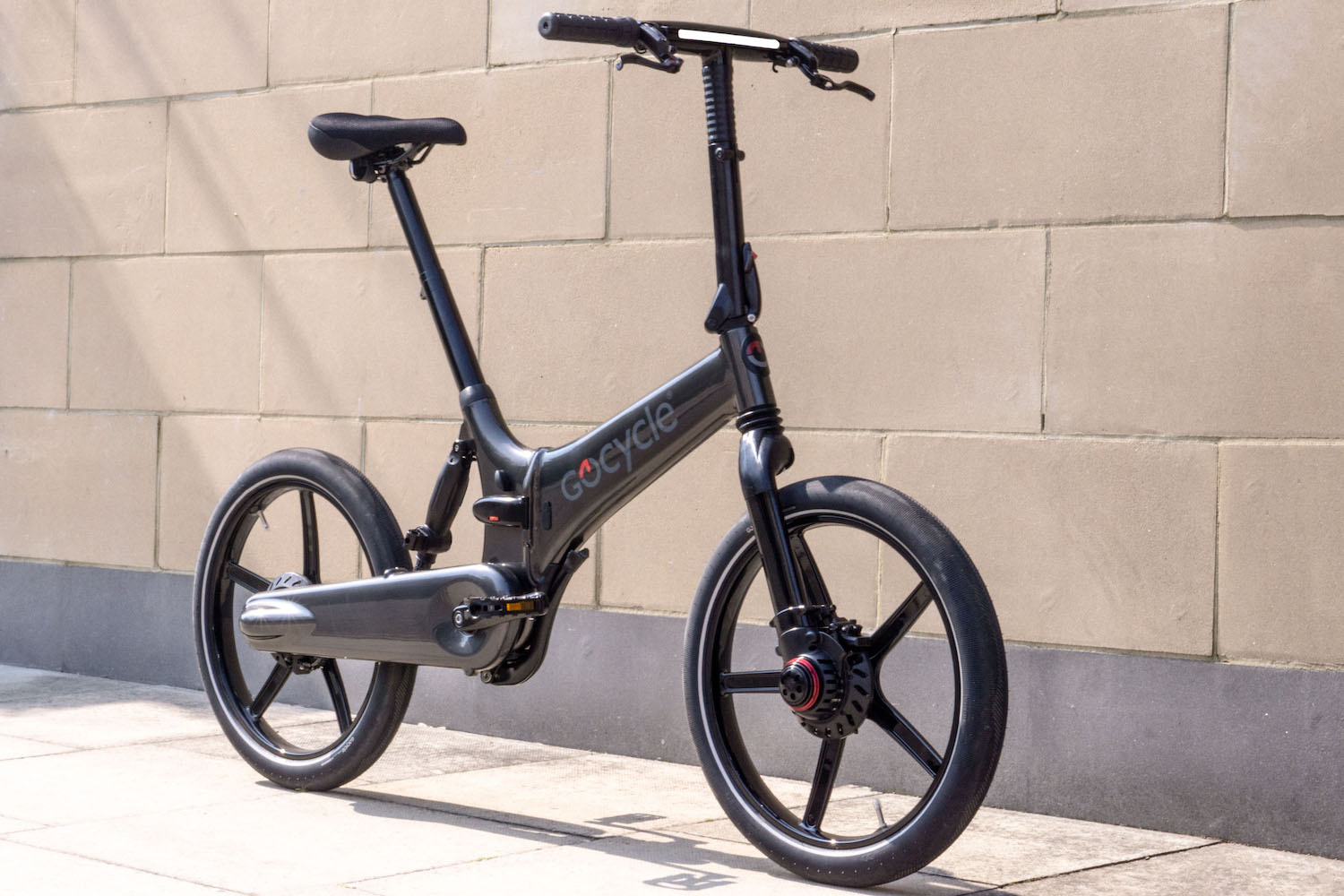 New Gocycle GXi brings increased integration to the fast folding e-bike
New Gocycle GXi brings increased integration to the fast folding e-bikeFully enclosed cabling, integrated lights and dashboard on new 10 second folding model
By Paul Norman Published
-
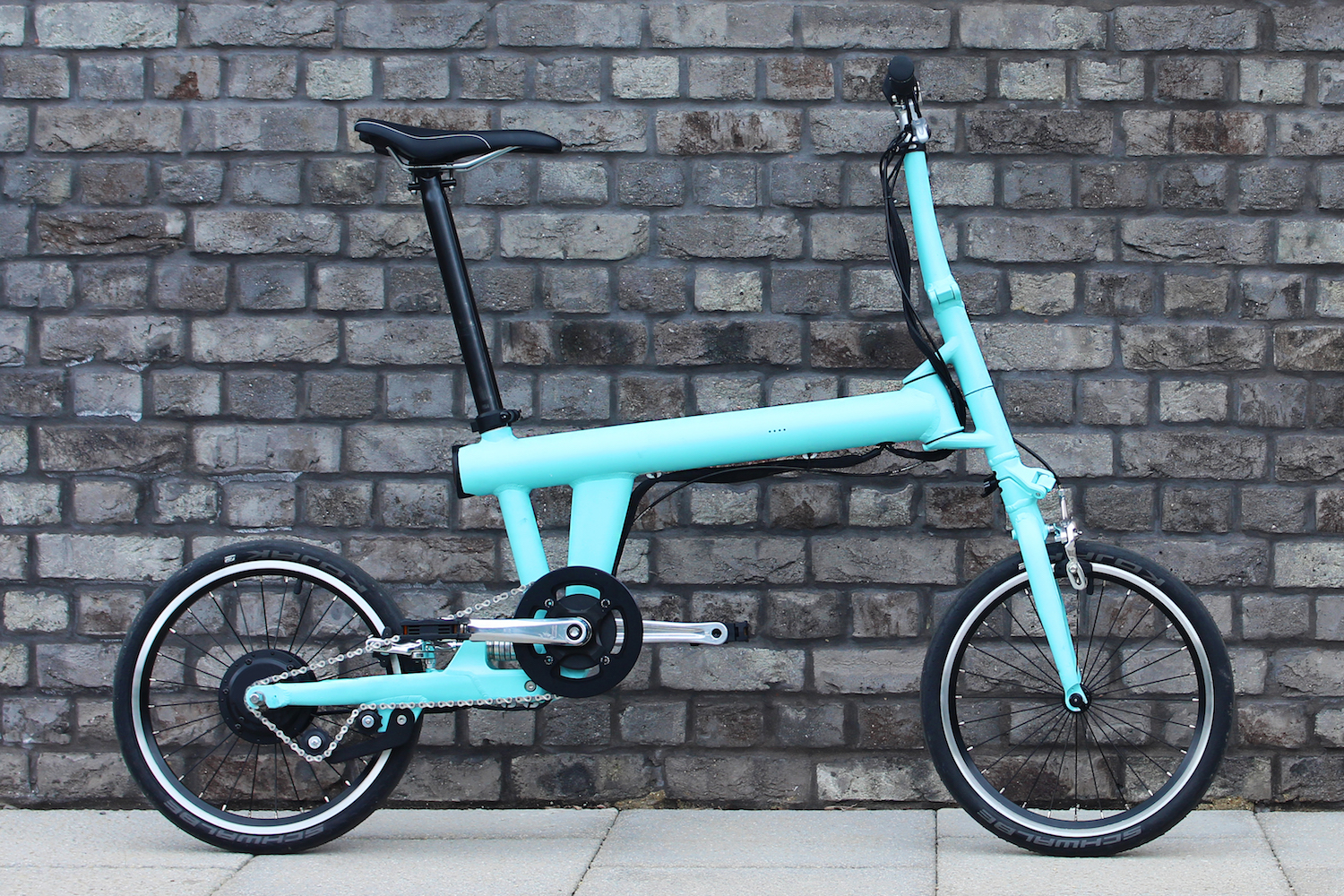 New Flit-16 folding e-bike: tech and first ride impressions
New Flit-16 folding e-bike: tech and first ride impressionsHow's the Flit-16 to ride around Kings Cross in London?
By Paul Norman Published
-
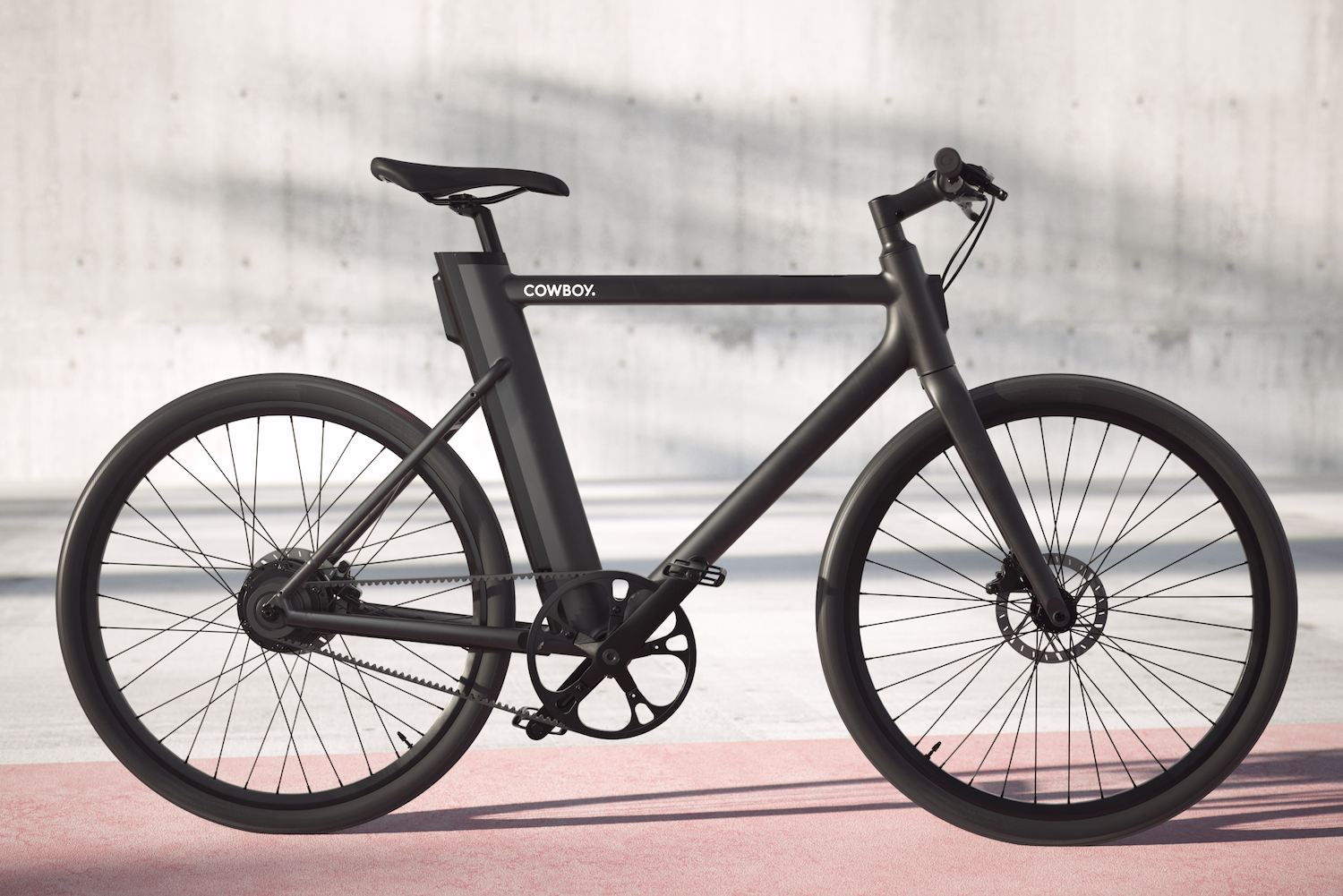 Cowboy e-bike rides into town
Cowboy e-bike rides into townBelgian e-bike brand coming to the UK
By Paul Norman Published
-
 Bosch ups its power game with new e-bike motor options
Bosch ups its power game with new e-bike motor optionsNew motor systems and power packs for Bosch's e-bike systems
By Paul Norman Published
-
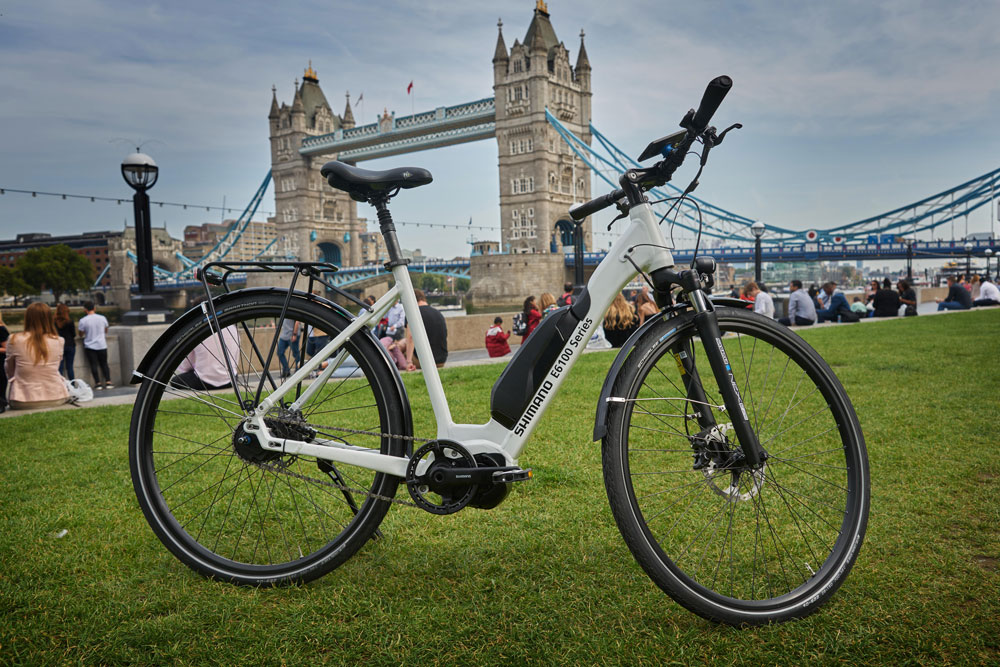 E-bike Cycle To Work scheme without the £1000 limit launched by UK government
E-bike Cycle To Work scheme without the £1000 limit launched by UK governmentYou can now use Cycle To Work to buy an e-bike costing over £1000
By Paul Norman Published
-
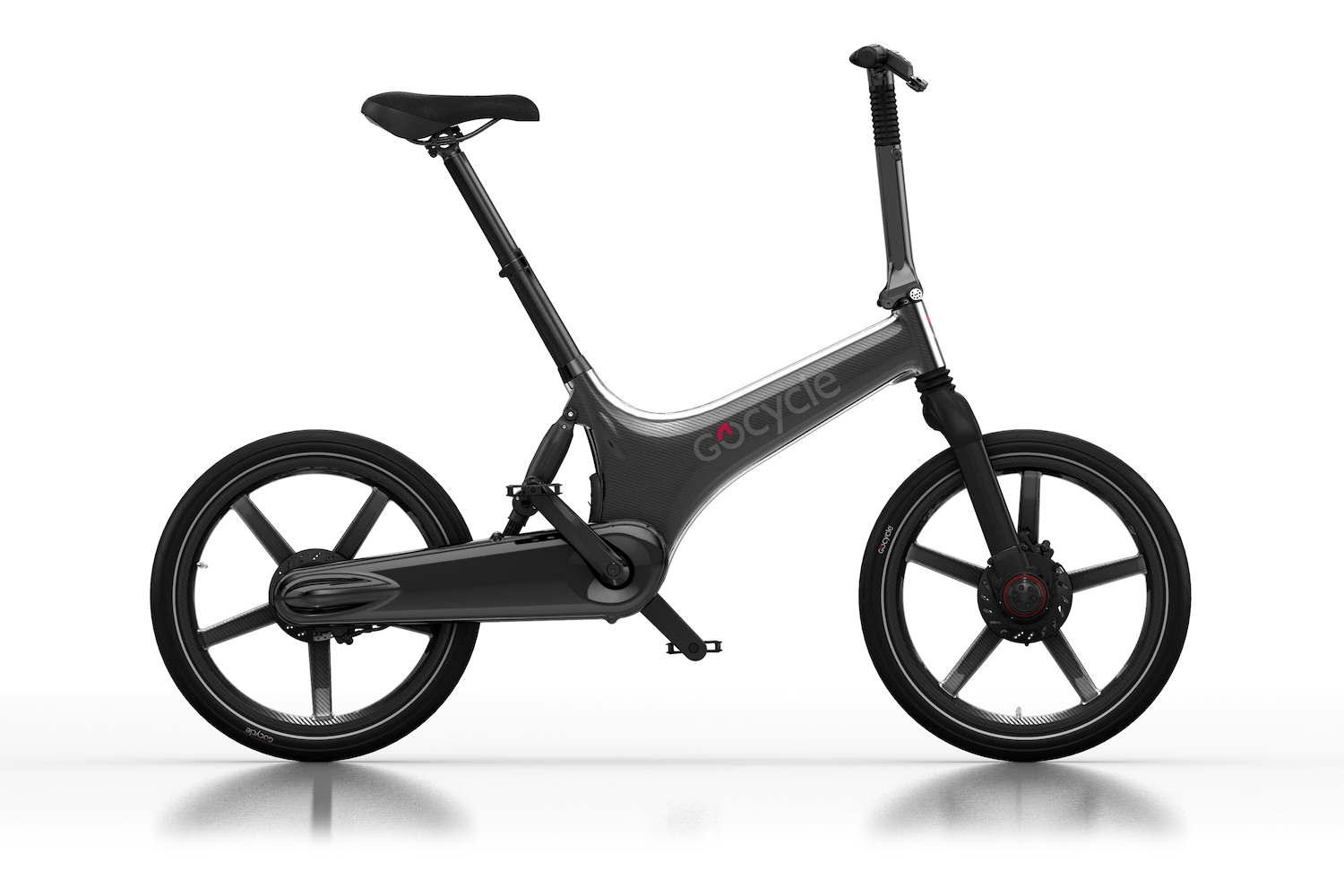 Gocycle launches 14.9kg carbon framed G3 e-bike
Gocycle launches 14.9kg carbon framed G3 e-bikeCarbon Gocycle G3 folding e-bike will be available in limited numbers and brings the weight down by almost 2kg
By Paul Norman Published